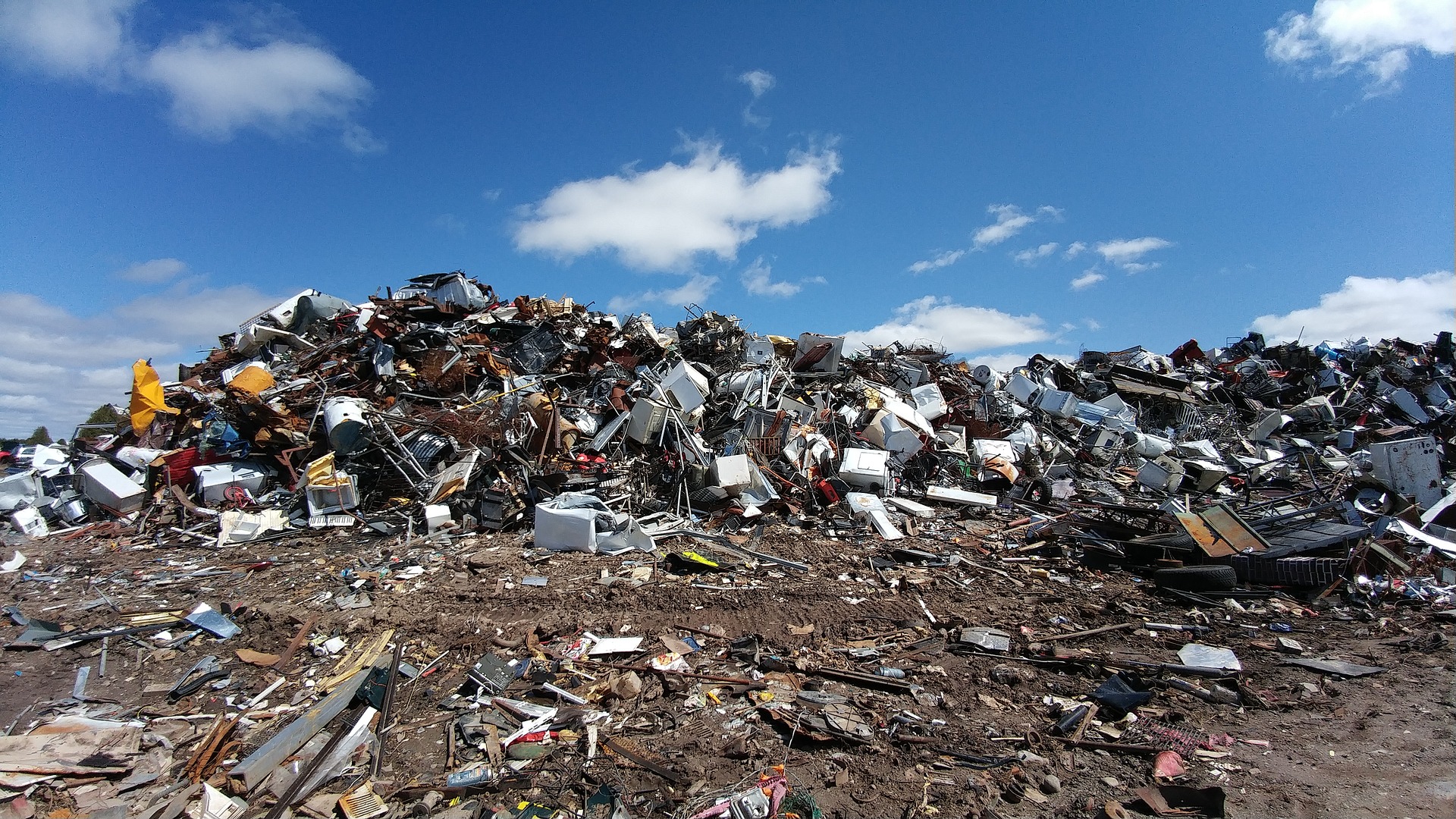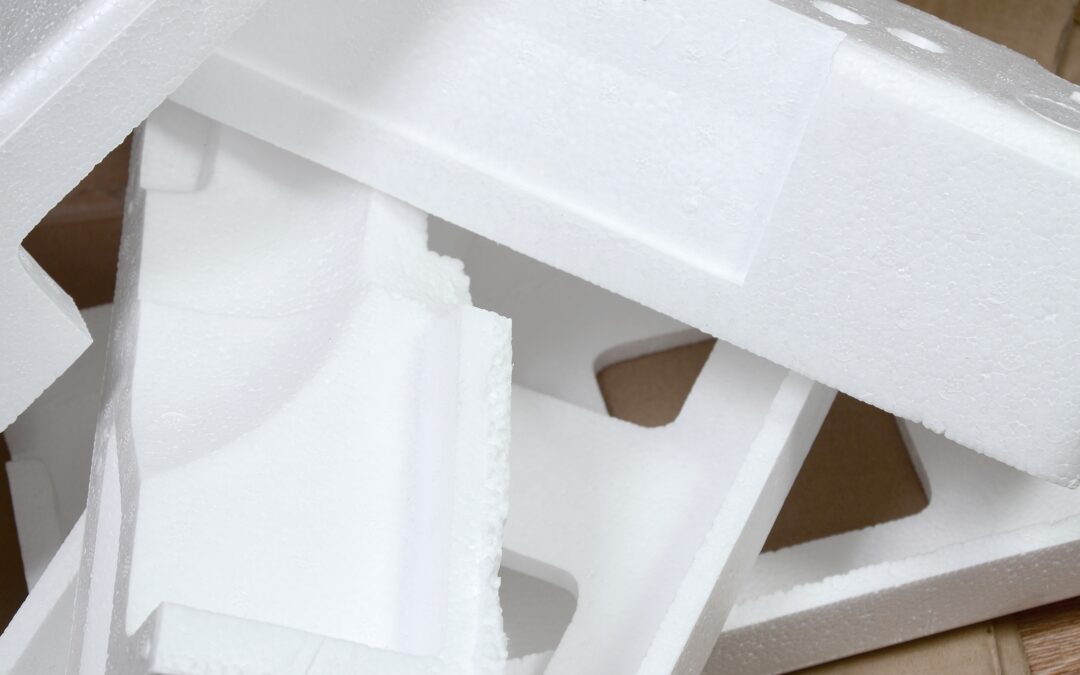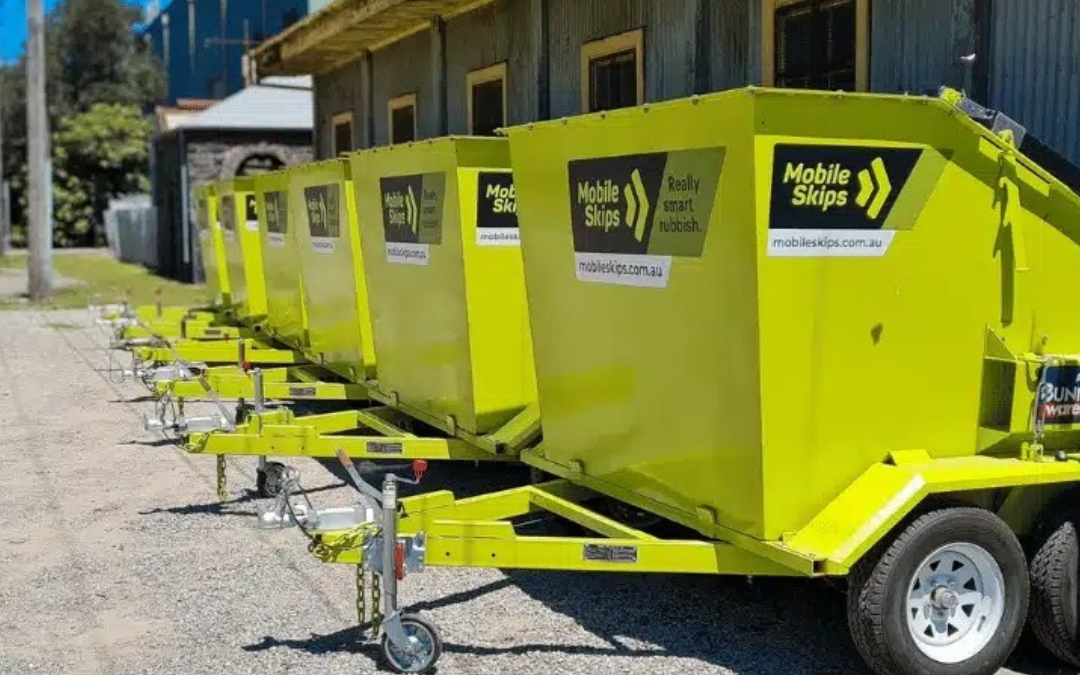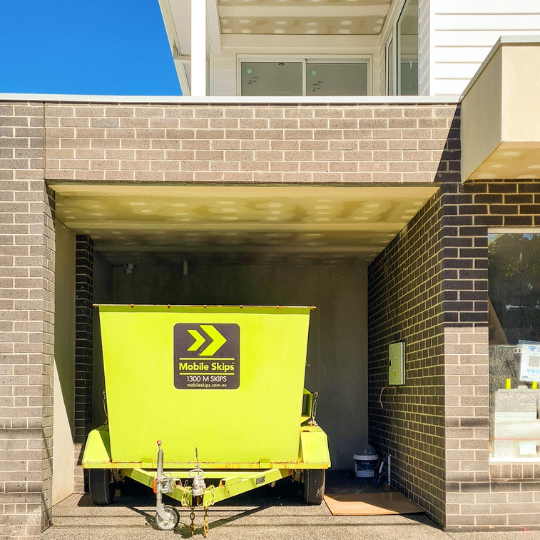Most of the waste we create is household waste, including glass, metals, plastics, clay, and electronic items. These wastes may or may not be suitable for recycling but can be easily discarded using landfills.
However, it is crucial to understand the various kinds of landfills and the waste that can go into them. With the right knowledge of the waste disposal process, you can be a responsible citizen and can ensure that the waste you produce is disposed of in an appropriate manner that is safe for the environment, wildlife, and fellow residents.
Whether it is plastic bags or packaging boxes, all waste must be discarded to be recycled or stored in appropriate landfills. Additionally, it is ideal to hire rubbish removal companies to ensure that the waste management process is completed promptly and correctly.
Landfills are often considered massive holes where we dump our wastes. However, there’s more to these age-old pits than mere waste disposal. A landfill is an excellent way of disposing of municipal waste without jeopardizing the environment.
Here’s what you must know about the kind of waste that ends up in landfills and how you can be a responsible citizen by using them.
What Is A Landfill?
A landfill or a landfill site is also called a dump, garbage dump, dumping ground, or a tip. It is a large site that is used to dispose of waste materials. Landfills are the oldest as well as the most popular method of waste disposal.
Whether it is organic waste, solid waste, or any other household, commercial and industrial waste, a landfill proves to be extremely effective in waste management. Landfills are used for seamless waste disposal as well as storage, transfer, and consolidation of waste materials.
Additionally, landfills are also used for processing waste by allowing the waste to undergo several stages such as recycling, sorting, or other treatments. Landfills are common in almost every part of the planet and play an integral role in maintaining an ecological balance.
A landfill is designed particularly to bury municipal waste in a safe and healthy way. Landfills are made in such a manner that leachates are unable to leak from the soil’s layers into the precious water table. This is achieved by pressing a layer of soil with clay-like properties at the landfill’s base.
The subsequent layer is synthetic in nature and is mostly made using plastic. Then, alternating laters soil and waste are dumped inside the landfill.
Types Of Landfills
1. Municipal Solid Waste Landfills
The waste you throw in a garbage bin mostly comprises municipal waste. Even though landfills seem like the most convenient method of waste disposal, they are not accessible to everyone. Most wastes, from diapers to cardboard boxes, are residential wastes and end up in landfills.
Thus, the government ensures the strictest levels of safety regulations and rules for lining, groundwater monitoring, operating, and closing methods. So, MSW landfills have four-layered systems, including a line, gas collection line, drainage system, and waste.
Each of these layers is maintained and monitored so that the landfill remains safe for the environment and people using it.
2. Industrial Waste Landfills
Industrial landfills are where all kinds of industrial waste are dumped. Even though all kinds of industrial waste may be disposed of in these landfills, most often, construction debris is disposed of here.
Some of the most common items seen in these landfills are lumber, asphalt, concrete, metal, and bricks. Additionally, these landfills also act as material recovery facilities or MRF that help authorities sort the material and then donate or resell them.
3. Hazardous Waste Landfills
These are the most strictly regulated landfills because they hold various kinds of hazardous wastes in a manner that prevents them from being released and ultimately harming the environment.
Here’s what a hazardous waste landfill must have to qualify as one:
- Double liners
- Double leachate collecting system
- Removal system
- Leak detection system
- Run-on and runoff controls
- Wind dispersal control
Besides these regulatory requirements, these landfills are inspected frequently to ensure that the facility is well-maintained and there is no risk posed to the environment.
4. Green Waste Landfills
Even though green waste landfills are not sanctioned officially, most municipalities prefer these to decompose organic materials. These are becoming increasingly popular since they are kinder to the environment and great for disposing of household waste.
Some of the common kinds of green waste are:
- Mulch
- Weeds
- Branches and Twigs
- Leaves
- Food waste
- Grass and flower trimmings
Benefits And Drawbacks Of A Landfill
On average, 70% of the waste goes into a landfill. However, with every solution comes to its benefits and shortcomings. Here are the pros and cons of a landfill.
Pros:
1. Landfills are excellent sources of energy since they produce methane and carbon dioxide.
2. Modern landfills are eco-friendly and thus pose no environmental concerns.
3. Landfills help keep cities, towns, and local areas clean and trash-free.
4. Landfills help segregate hazardous wastes.
5. They are very cheap and help in effective waste management.
Cons:
1. Landfills impact climate change since they produce greenhouse gases.
2. Landfills that are ill-maintained can pose serious trouble for wildlife and humans.
3. Methane is inflammable and can cause fires.
4. Hazardous wastes, if not contained properly, can seep and contaminate soil and water sources.
5. Landfills can cause accidents if not managed properly.
What Are The Types Of Waste?
There are five primary kinds of wastes produced in countries across the world. While you could recycle many of these wastes, it is important to know how they are segregated.
1. Solid: Solid waste includes sludge, garbage, and refuse produced in commercial and industrial areas. It may include plastics, paper rubbish, glass, metals, and other construction-related trash
2. Liquid: Liquid waste is mostly when stagnant waters accumulate, or waste gets collected in water in barrels and tanks. This waste is toxic and can be harmful to the health and well-being of animals and wildlife.
3. Organic: Organic waste comprises rotten meat, food, and garden waste. These are normally found in households and are easily recycled.
4. Recyclable: All waste like metals, huge furniture, and organic waste that can be recycled are included here.
5. Hazardous: Hazardous waste comprises flammable, toxic, corrosive as well as reactive materials. These wastes are very harmful and a severe environmental concern if not managed carefully.
What Type Of Rubbish Goes Into Landfills?
Landfills comprise all kinds of wastes that we produce, from plastic bags to glass bottles and other commercial and industrial, and food waste. Besides these, wood wastes, clean asphalt, sand, clay, and construction materials are some acceptable rubbish to be disposed of in landfills.
Most of these items are sent for recycling. Plus, in Australia, waste management is taken very seriously. Annually, close to 8 million tonnes of waste is generated, out of which more than 58% is sent for recycling.
What Kind Of Waste Does Not Go Into Landfills?
Most of the products that we use at home comprise hazardous substances. The solid waste that is toxic or may burn, corrode metal, or in any manner explode is called hazardous. Waste like batteries, paints, fluorescent bulbs, and varnishes are considered hazardous in Australia.
Landfills in Australia allow residents to dispose of their hazardous waste for free in landfills. Major landfills are accessible to households in different regions and allow local waste management personnel to collect these wastes and safely dispose of them.
While the disposal process seems easy, it involves many important steps such as environmental planning, sorting, and recycling. Even though the waste produced can be easily segregated into hazardous and non-hazardous, here are the items that comprise hazardous waste.
- Batteries, fuel, oils, lacquer, paint, stain, varnish, thinner, wood preservatives, chemicals like pool chemicals, weed killer, and pesticides.
- Electronic Waste like televisions, monitors, computers, laptops, printers, cell phones, radios, telephones, and ovens.
- Fluorescent Light Tubes
- Liquids
- Water-Soluble Solids
- Salt, lye, borax, caustics, acids
- Medical Waste
- Hazardous Material Containers
- Chemical Toilet Waste or Septic Tank
- Automobile Parts
- Radioactive Substances
How Does A Landfill Work?
Landfills are huge pits wherein waste is dumped. From packaging cartons and trash from household bins to plastics and paper rubbish, several categories of waste are disposed of in landfills. These pits are dug deep into the ground and contain several layers of materials.
The bottom layers comprise soil and plastics or any other synthetic layer to prevent harmful materials from seeping into the soil and water table. The waste is then dumped in layers bearing in mind the segregation.
Many local waste management authorities in Australia provide a service wherein they collect household waste and dispose of it correctly. This process is called rubbish removal.
While this process seems convenient, you need to segregate the waste efficiently to make the task easier.
Summing Up
In Australia, several waste management companies offer sustainable rubbish removal wherein experts collect the waste you create and dispose of it in landfills in compliance with the local laws.
Such a company is very efficient and has the appropriate resources to complete the waste disposal process in an effective and hassle-free manner.
Thus, if you’re tired of unnecessary waste and debris lying around your house or commercial space, we recommend that you hire the service of a professional rubbish removal company. This way, your household waste will get disposed of in a clean, safe, and ecologically sound manner.






